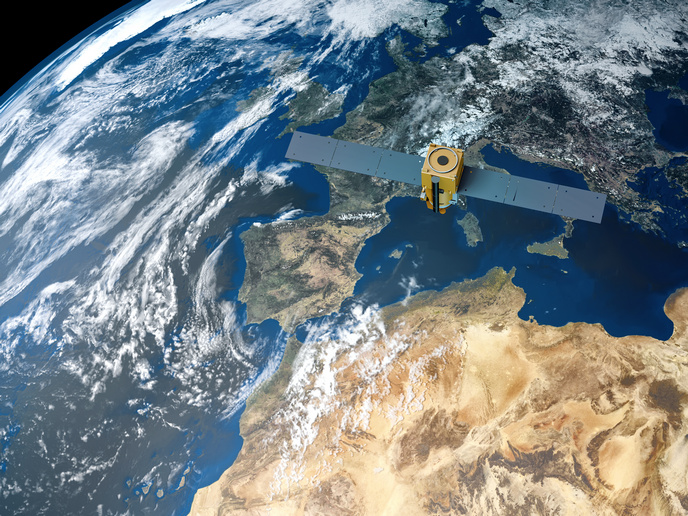Earth minerals tell us more about their Martian counterparts
Earth is definitely full of wonderful and valuable resources of all kinds, but there is just something about the surface of other planets and small solar system bodies that sparks the curiosity of scientists all across the world. How do these other worlds differ from ours? What are the basic physical processes underlying their evolution? Can these help us to better understand phenomena occurring on our own planet? These are among the many questions researchers are eager to see answered. In this already very busy research field, PTAL (Planetary Terrestrial Analogues Library) stands out with a contribution that’s as essential as it is unique. Since 2016, the project consortium has been building a multispectral database containing data on the many minerals detected on Mars and other planetary bodies so far. “We collect terrestrial analogue materials and characterise these with two types of instruments: precise laboratory instruments – which are best for deriving mineralogy and petrology but cannot be flown to space – and instruments that will be installed on future Mars rovers,” says Stephanie Werner, professor of Geosciences at the University of Oslo and coordinator of PTAL. The project, which focuses specifically on Mars, doesn’t stop at the study of minerals at a certain point in time. It considers their evolution by investigating weathering processes on the red planet. “These processes occur in different chemical and physical conditions than they would do on Earth because of factors such as the CO2-dominated atmosphere, the lack of oxygen and the different temperature range. So, we have been mimicking the mineral alteration process under Mars conditions within reaction containers, and we found that previous interpretations of how the original rock turned into weathering products are impossible on Mars. We now know that other interpretations are needed,” Werner explains.
New insights into Mars’s soil composition
The project’s efforts could prove crucial for future rover missions to Mars. Let’s consider the European Space Agency’s ExoMars 2022 mission and its Rosalind Franklin rover – the first capable of studying Mars both at the surface and below it. The exact composition of primary rocks (Si-rich volcanoclastic sediments or mafic basaltic flows) and clay (smectites or mica group vermiculite) at the mission’s landing site is still to be determined, and it could have major implications on the nature of past aqueous environments. This is where PTAL’s research can come in particularly handy, as Werner notes. “By combining measures of natural occurrences and in the laboratory, PTAL provides crucial data to evaluate the potential of biosignature preservation, interpret the geochemical evolutionary history based on original material composition and, most importantly, define which measurements will be necessary to disentangle the different composition possibilities.” This combination of natural planetary analogue studies with in-lab experiments is the greatest strength of the project’s database. Mars’s oldest crust, for instance, is made of different layers including carbonates which cannot be found on Earth. While these have so far been thought to result from weathering of different layers of parent rocks, the project team has demonstrated that they are in fact the natural outcome of a single rock’s interaction with acidic solutions contained in the atmosphere. All in all, the PTAL library is an excellent launch pad for future research. Finding out more information on Mars’s environmental conditions will inform scientists on weather, climate, geological evolution and their consequences for the evolution of life on another planet. But its findings are also relevant for studying the evolution of Earth itself.
Keywords
PTAL, Mars, spectral database, library, Earth analogues, ExoMars







